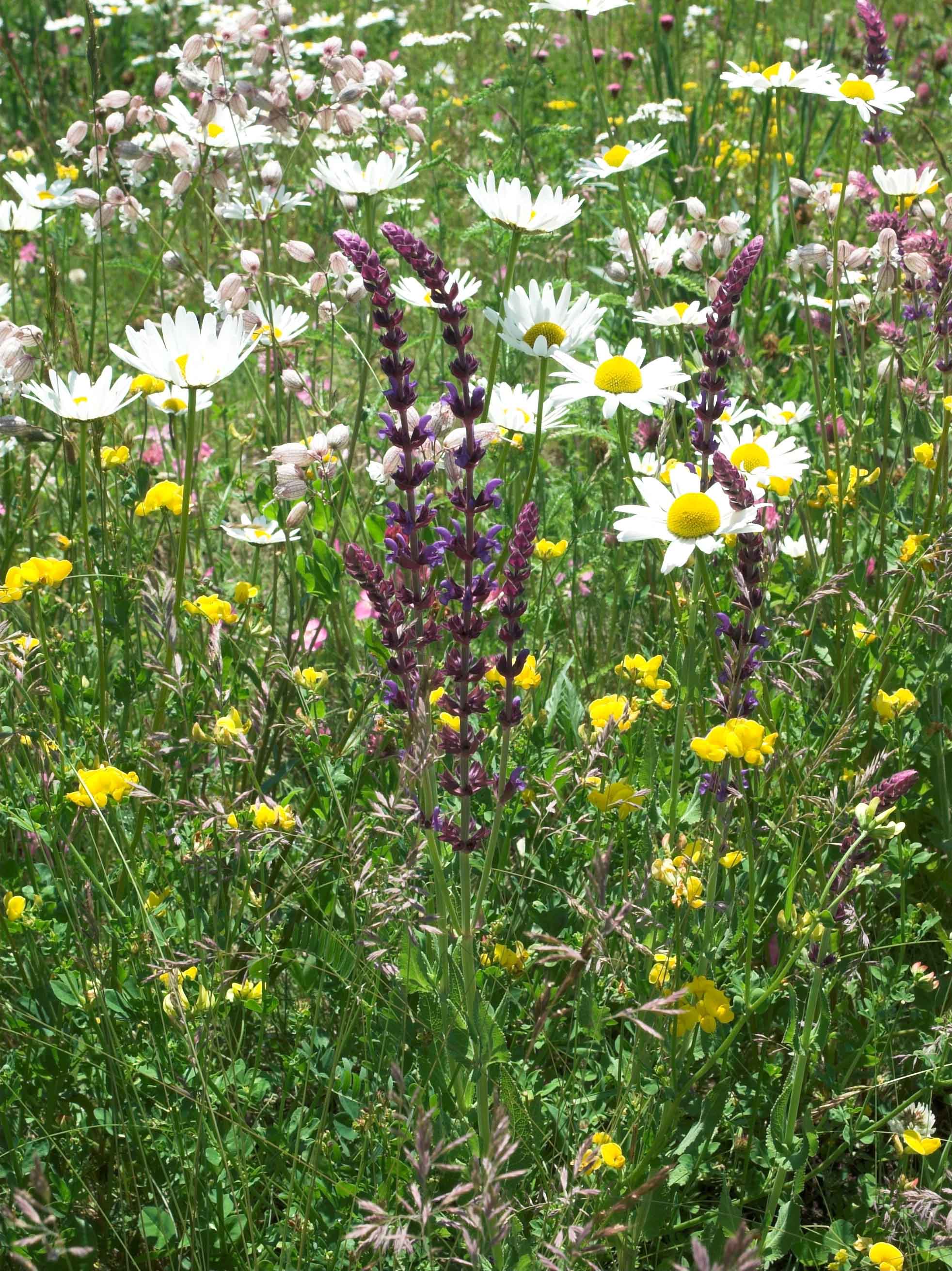The number of different plant communities is particularly high in extensively used grassland. Due to the intensification of productive locations and the abandonment of use of less favorable locations, some plant communities have already become very rare. Some plant species are of particular importance due to their strong connection to management or site characteristics. Their occurrence allows conclusions to be drawn about certain location characteristics and can therefore be used as bioindicators. They can be used to quickly determine the site characteristics, to recognize changes or management errors and to monitor the success of measures taken.






